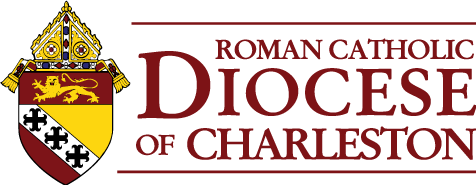On Friday, October 7 schools celebrated “Fiji Day”. The day commemorates the official transfer from rul by Britain to an independent republic. The official date is October 10, and Fiji became a republic 46 years ago in 1970. The principal invited Msgr. Lofton (diocese of Charleston Director for the Pontifical Mission Societies, diocesan director of Priests continuing education and also pastor of St. Theresa the Little Flower Church in Summerville, SC) and me to attend as guests when we visited with her the day before.
There was much preparation at the school.
The school comprises all primary and secondary grades which is 1 through 13 in Fiji. The staff building has a porch which extends the length of the building and it served as the location for staff and for the announcements.
Prior to the event I was able to confirm with the principal, Basilisa Lalama that they need resources in English that cover basal topics and they have a total of 437 students in the school, or around 30-35 per grade.
She was also very excited to receive a Cave Quest Totally Catholic Vacation Bible
school kit and a number of pamphlets on topics such as How to Pray the Rosary, How to Go to Confession, and Why We Go to Mass.
Msgr. Lofton carried a suitcase full of toothpaste and toothbrushes to distribute to the students.
Meanwhile the Staff building was being decorated with fabric and posters.
The opening prayer was conducted by Brother Makario, a Marist Missionary. During his prayer he wove in comments about the change that Christianity brought to Fiji by teaching respect for all of life and then in the spirit of Laudato Si
, all of us united to God as His family.
Then one of the lead teachers introduced the marching band for the procession of students and the ceremony to change the flag.
Then the students reenacted a history starting with tribal chiefs and describing the arrival of missionaries and the change to Christianity.
There is a great deal of emphasis placed on the conversion of the country to Christianity and a peaceful existence.
The reenactment was followed by dances performed by classes from 9th through 12th Grade, and then students returned to their classrooms for refreshments.
One of the things we observed the day before and again during and after the celebration is that the students were very orderly and were paying close attention to their teachers in their classrooms.
They also were welcoming and quick to say “Bula” which is “Hello” and “Vinaka,” which is “thank you”.
In fact, one of the things that has been evident during our visits is that Fijians all smile and say “Bula!” to each other and to any of us that waved to them.
They seem happy even with very few possessions.
I asked our driver Baba if this was typical.
“Yes,” he said, “the people are happy.
They do not feel the need to constantly have more.”
This is with the exception of a church for the community.
The big “city” on the island that we drove through each day is Somosomo.
Buses run up and down the gravel/dirt roads so that people in the small villages can get to Somosomo to shop.
We passed by many bus stops on our drives, and most of the time there were people in them waiting for the bus.
The bus service is critical to the villages.
I’m describing the roads as gravel but it is a loose large gravel and mostly dirt.
They are very difficult to travel, limiting speed to about 30 mph.
On Saturday we drove around the north edge of the island to visit the spectacular Bouma Falls.
On the way we passed by the village of Naselesele, with Sto. Pelasio Church sitting proudly in the middle of the village.
It reminded me that the catechists I met with on Thursday asked me to teach the children before Mass tomorrow.
When I asked them if the children were being taught a particular topic, they said “no, just simple things.”
So I think I will be ok.
On the drive we saw several smaller churches that are called “Station” churches.
The Marist priests who staff Holy Cross in Wairiki also are responsible for the station churches.
Holy Cross is a parish of 7,000 families, and they visit each of the other station churches including Sto. Pelasio once monthly.
There are 10 of them including the village of Nawi, which we will visit tomorrow.
The Diocese of Charleston Pontifical Mission Society is helping to fund the new church building in Nawi which will serve 50 families in the area.
As I saw yesterday there is a new and additional request to help with the church in Delaivuna, and there is need for attention on many of the station churches.
Here is one on the drive to Bouma:

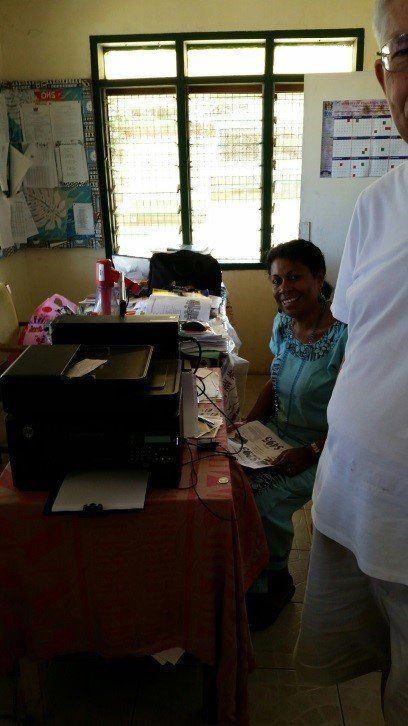
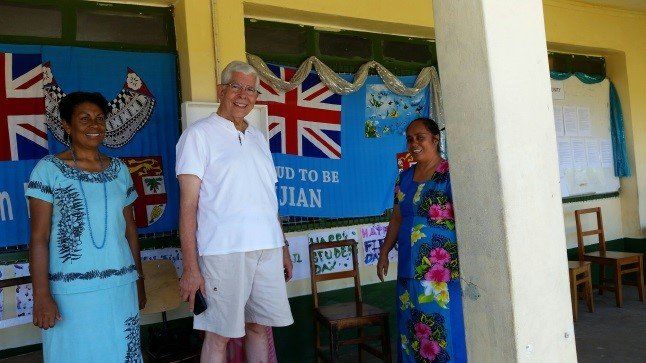
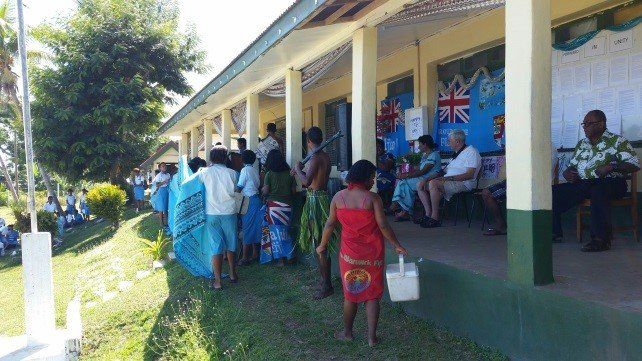
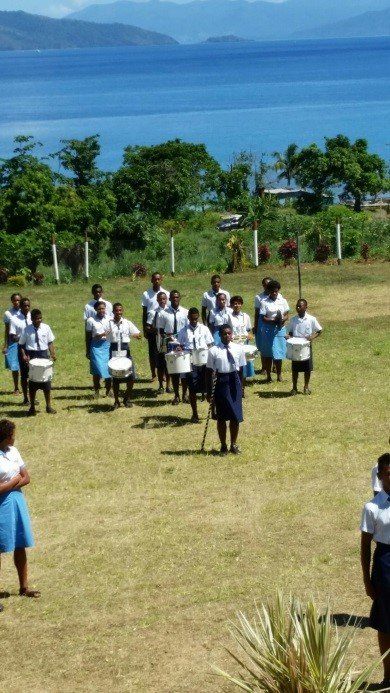
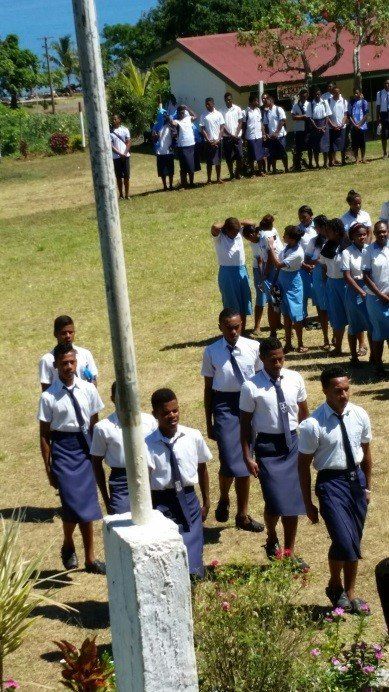
.jpg)
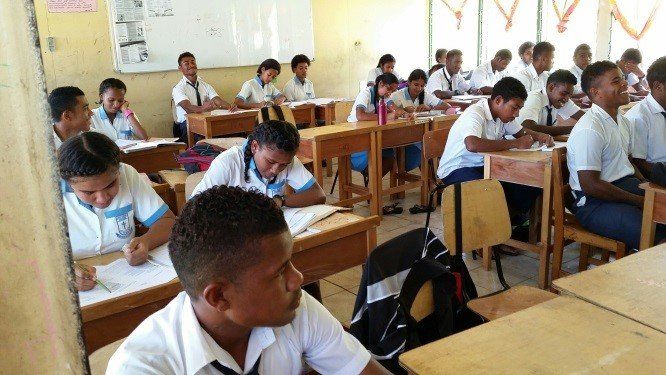
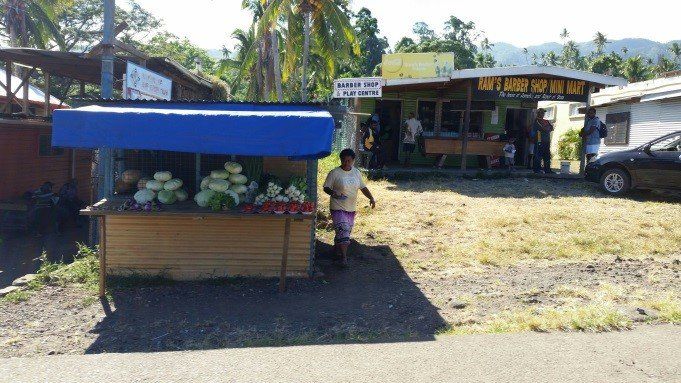
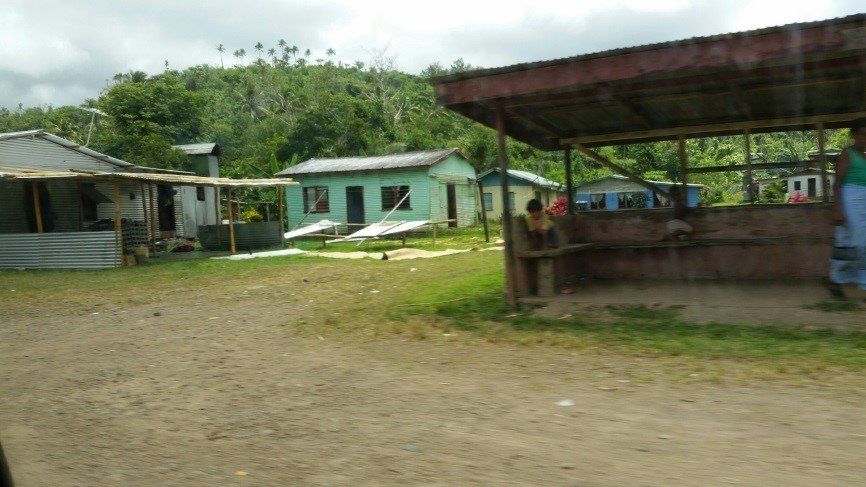
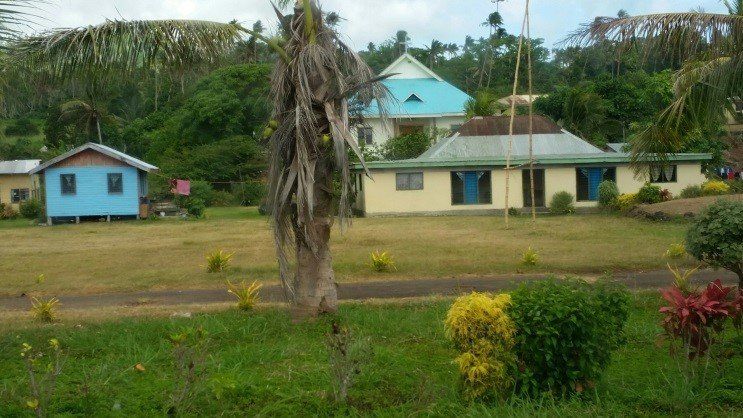
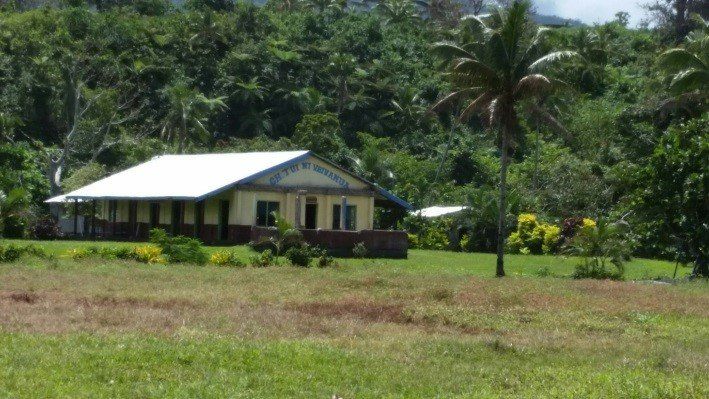

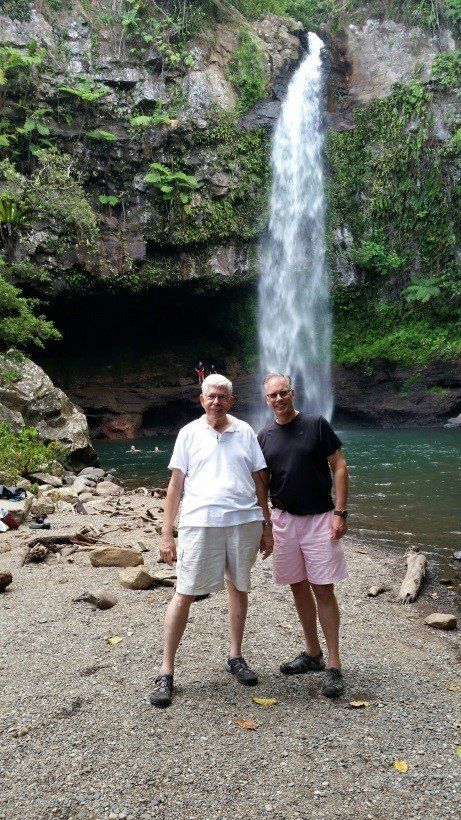

.jpg)
.jpg)
.jpg)
